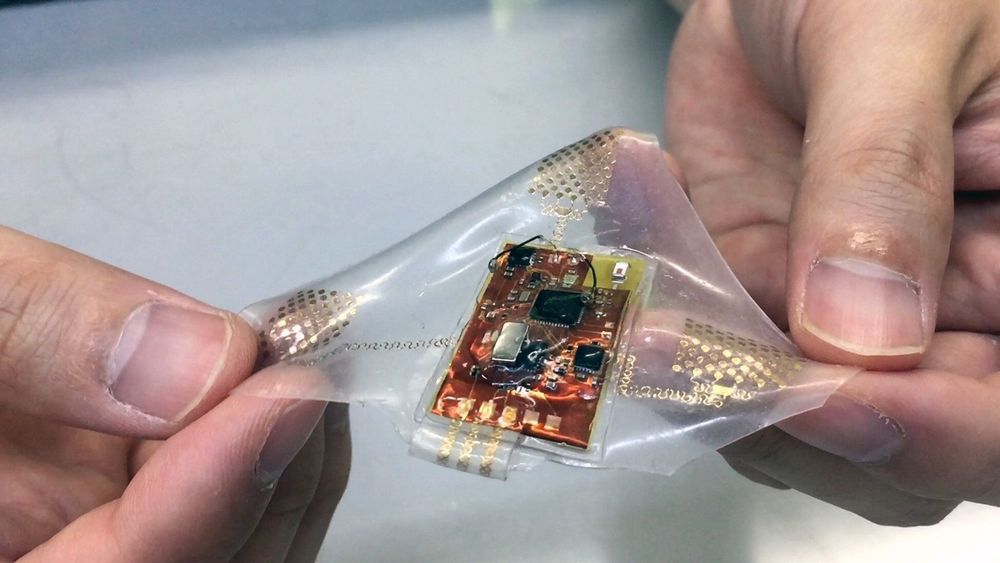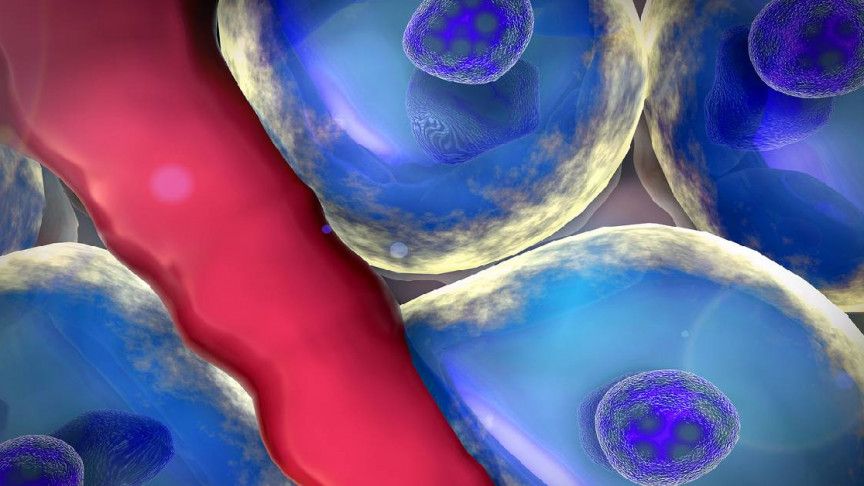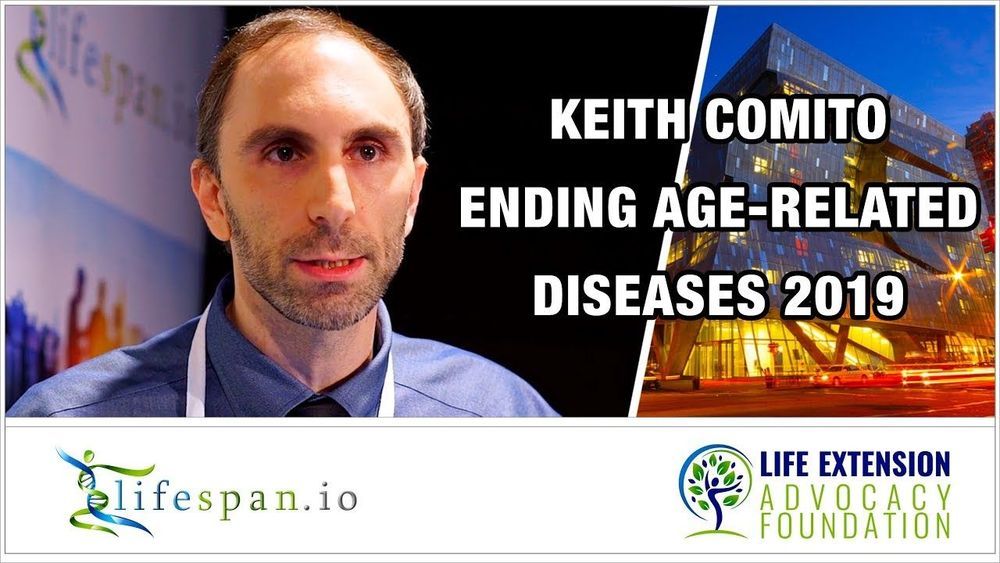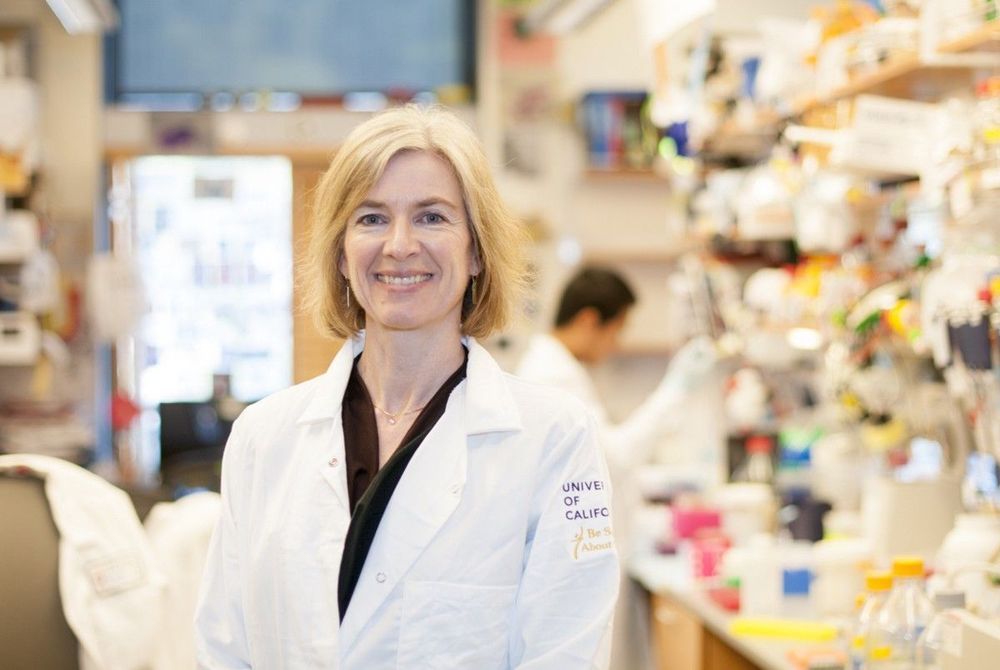Jul 31, 2019
Glowing cholesterol helps scientists fight heart disease
Posted by Paul Battista in category: biotech/medical
A newly developed technique that shows artery clogging fat-and-protein complexes in live fish gave investigators from Carnegie, Johns Hopkins University, and the Mayo Clinic a glimpse of how to study heart disease in action. Their research, which is currently being used to find new drugs to fight cardiovascular disease, is now published in Nature Communications.
Fat molecules, also called lipids, such as cholesterol and triglycerides are shuttled around the circulatory system by a protein called Apolipoprotein-B, or ApoB for short. These complexes of lipid and protein are called lipoproteins but may be more commonly known as “bad cholesterol.”
Sometimes this fat-and-cholesterol ferrying apparatus stops in its tracks and embeds itself in the sides of blood vessels, forming a dangerous buildup. Called plaque, these deposits stiffen the wall of an artery and makes it more difficult for the heart to pump blood, which can eventually lead to a heart attack.


















